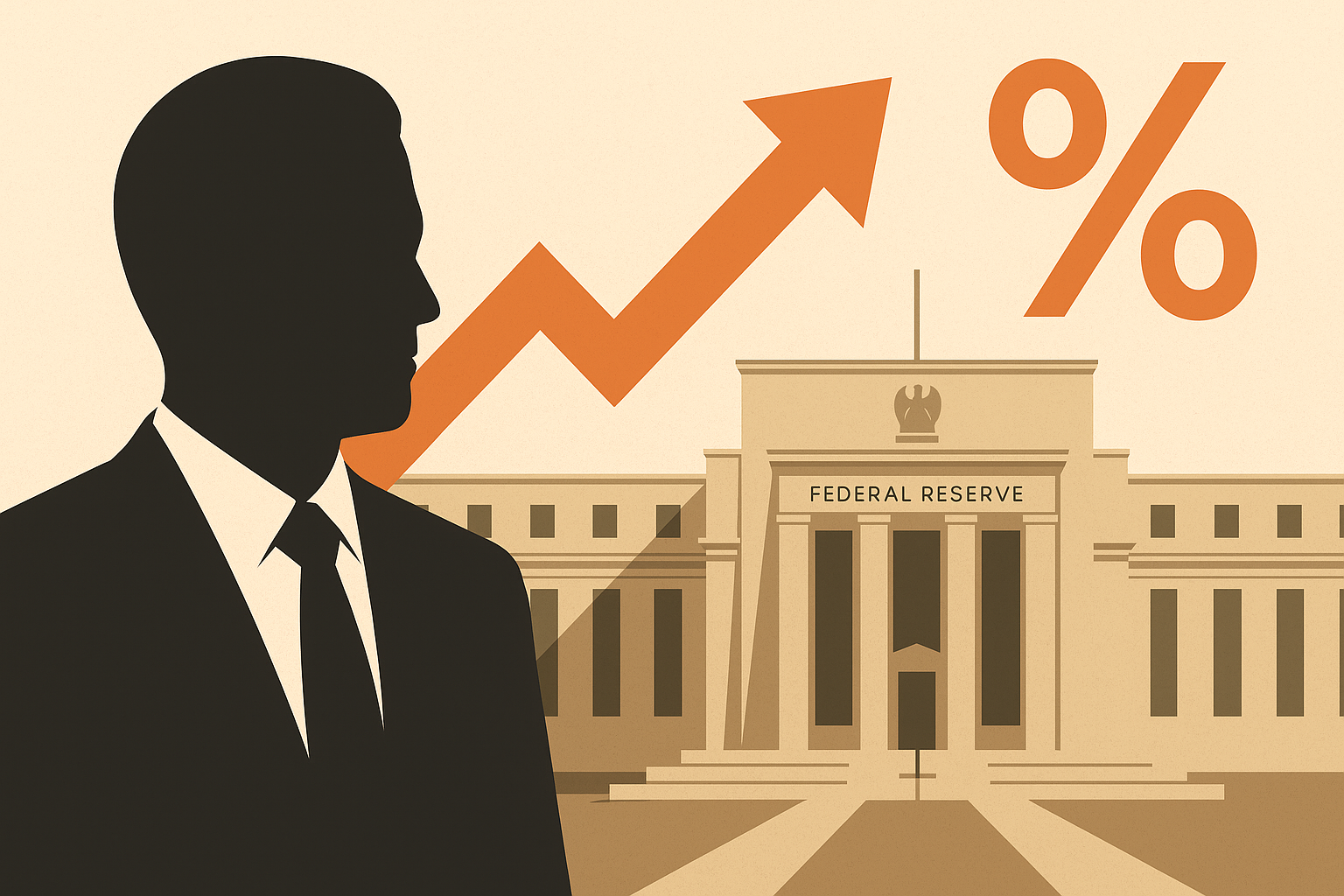The U.S. Federal Reserve has once again held its benchmark interest rate unchanged at 4.25%–4.50%, marking the fifth consecutive meeting in which policymakers have opted for stability rather than further tightening or easing. The decision comes amid continued economic uncertainty and ongoing inflationary pressures, despite growing political pressure from the White House to cut rates.
In a statement released following its Federal Open Market Committee (FOMC) meeting, the Fed pointed to stubborn inflation, concerns over slowing corporate investment, and weakened consumer spending as key reasons for its cautious approach. The central bank acknowledged that while headline inflation has cooled from its peak in 2022, core inflation remains elevated and uneven across sectors.
“The Committee remains highly attentive to inflation risks,” the Fed said in its statement. “Economic indicators suggest that while the labor market is stable, overall activity has slowed and uncertainty persists in both consumer and business sentiment.”
White House Pressure for Rate Cuts
President Donald Trump had publicly urged the Fed to begin cutting rates in recent weeks, arguing that lower borrowing costs are necessary to support job creation and maintain economic momentum. In campaign-style remarks earlier this month, Trump warned that maintaining high interest rates could lead to “unnecessary recession risks.”
Despite this, Fed Chair Jerome Powell emphasized the need for independence in policymaking and reiterated the central bank’s commitment to data-driven decisions, not political influence.
“Our decisions are guided solely by our dual mandate—price stability and maximum employment,” Powell said during the post-meeting press conference. “We recognize the importance of maintaining credibility and ensuring that inflation returns sustainably to our 2% target.”
Mixed Economic Signals
The U.S. economy has delivered mixed signals in recent months. While GDP grew by 3% in the second quarter, a deeper look shows much of that gain was driven by inventory adjustments and a sharp drop in imports, suggesting weaker underlying demand. Corporate earnings have been uneven, and consumer spending has shown signs of slowing, particularly in durable goods and housing.
Meanwhile, recent data show that core inflation remains sticky, particularly in services and rent. The Fed’s preferred inflation measure—the core Personal Consumption Expenditures (PCE) index—has remained around 3.1%, well above the 2% target.
Market Reaction and Outlook
Financial markets reacted calmly to the Fed’s decision, with the Dow Jones Industrial Average and S&P 500 both ticking slightly upward, as investors had largely priced in a no-change outcome. However, bond yields moved marginally lower, reflecting expectations that the Fed may begin easing later this year if inflation trends downward.
Analysts are now closely watching upcoming labor market data and inflation reports, which could influence the Fed’s tone in future meetings. Some economists speculate that the central bank could begin rate cuts as early as December, if inflation shows sustained improvement and recession risks rise.
Conclusion
The Federal Reserve’s decision to pause further rate changes underscores the delicate balance it must strike between controlling inflation and supporting economic growth. While political pressure to cut rates mounts, the central bank has made clear it will proceed with caution, emphasizing economic fundamentals over short-term gains.
The next FOMC meeting is scheduled for September 18, 2025, where officials will reassess inflation trends, labor data, and broader economic indicators to determine the path forward.



